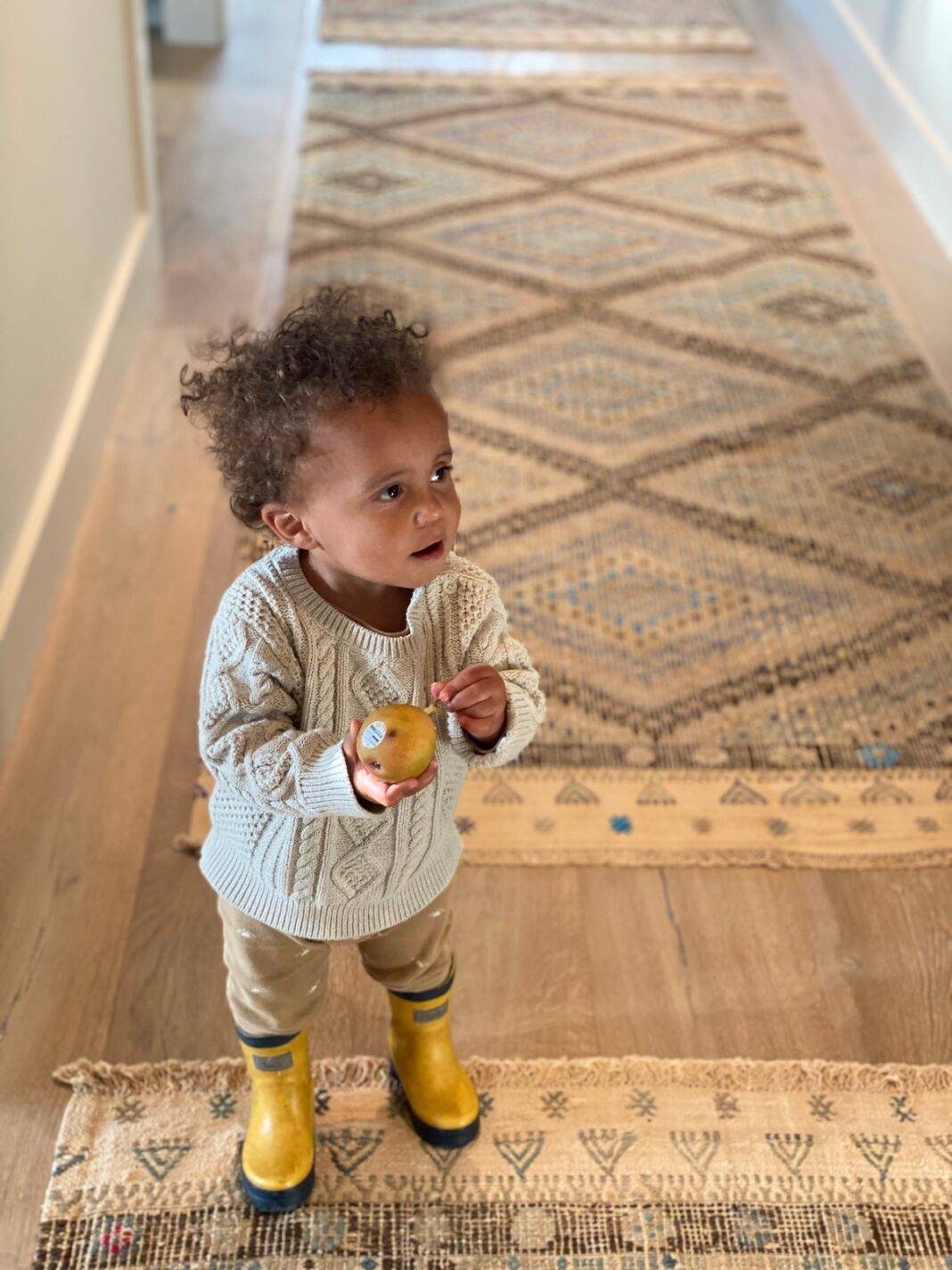Why we think area rugs have it all over wall-to-wall.
I have never liked wall-to-wall carpeting. But a night on the carpet of the Delhi airport sealed the deal. I landed in Delhi around 2 a.m., after customs had closed. My fellow passengers and I were ushered to a large, chairless, carpeted area guarded by several police officers who told us we could “sleep” on the floor until customs re-opened. The wall-to-wall carpet had an assortment of crumbs, bugs (dead and alive), and stains (new and old) mashed into its weave. And it smelled awful. As I lay awake that night, I thought, “wall-to-wall carpeting is always a bad idea, particularly for public spaces.” But even in the nicest homes and hotels, carpets can be problematic.
The American Lung Association, the National Center for Healthy Housing, the Environmental Working Group, and various scientists who have published broadly agree: Wall-to-wall carpet is not a healthy or sustainable option. Why? Carpet harbors bugs (hello dust mites!), mold, and it is often made with synthetic materials that can cause eye irritation, respiratory symptoms, and hormone disruption. Not to mention, the padding that is usually installed under wall-to-wall carpet is made of foam, which often releases harmful volatile organic compounds (VOCs). This is why the EPA recommends that a newly carpeted area be well-ventilated for at least 72 hours after installation and that folks continue to use fans in the space for several weeks after. It leads us to think: If the off-gassing from foam is so toxic, perhaps we shouldn’t be installing it at all.
The main issue with wall-to-wall carpeting is its permanence. You cannot pull it up, clean the floor underneath, or wash it. Nor can you get to the carpet padding, which aside from its likely toxicity (those VOCs), can trap moisture from spills. So no matter what kind of cleaning service you use, wall-to-wall eventually becomes a mold and dirt factory.
Eventually, carpeting needs to be replaced, which results in a lot of unnecessary trash. Once it is old or spoiled, carpeting is rarely reused, repurposed, or even repaired. According to the Carpet America Recovery Effort, in this year alone, Americans will throw out 5 billion pounds of carpet. To make matters worse, less than 1% of carpets are made with natural fibers — so it takes an estimated 40 years for these carpets to break down in a landfill, if they break down at all.
The great news is that there is a much better option out there: area rugs! I think rugs are the most underappreciated, underutilized decorating tool in one’s house. They’re far easier to keep clean, and it’s much easier to find area rugs made with natural and recycled materials. Martha’s Vineyard-based interior designer Julie Robinson told me she loves natural fiber rugs, especially wool rugs: “You can clean them and they have the least amount of chemicals in them. Wool, cotton, jute. Those are my go-to materials.”
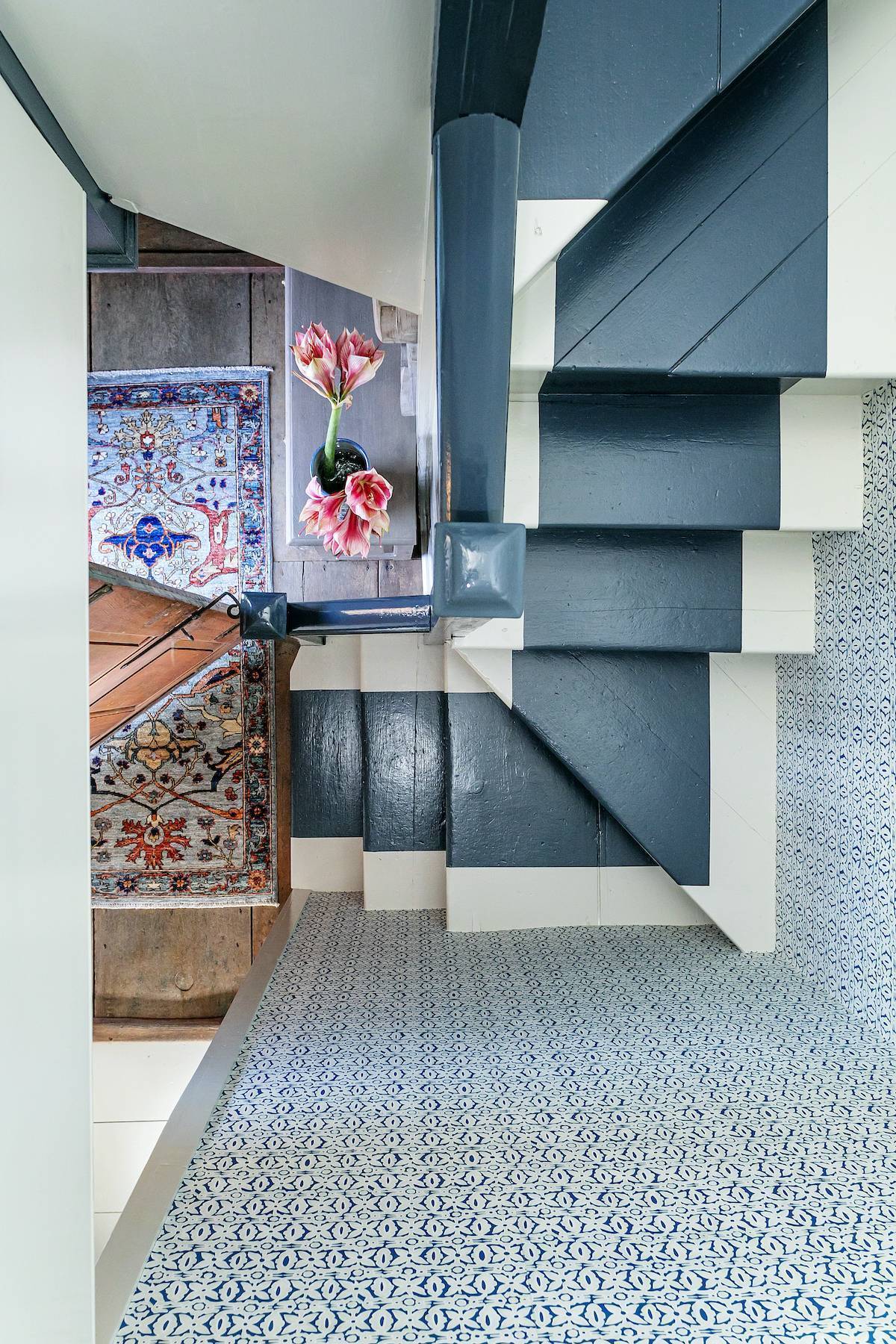
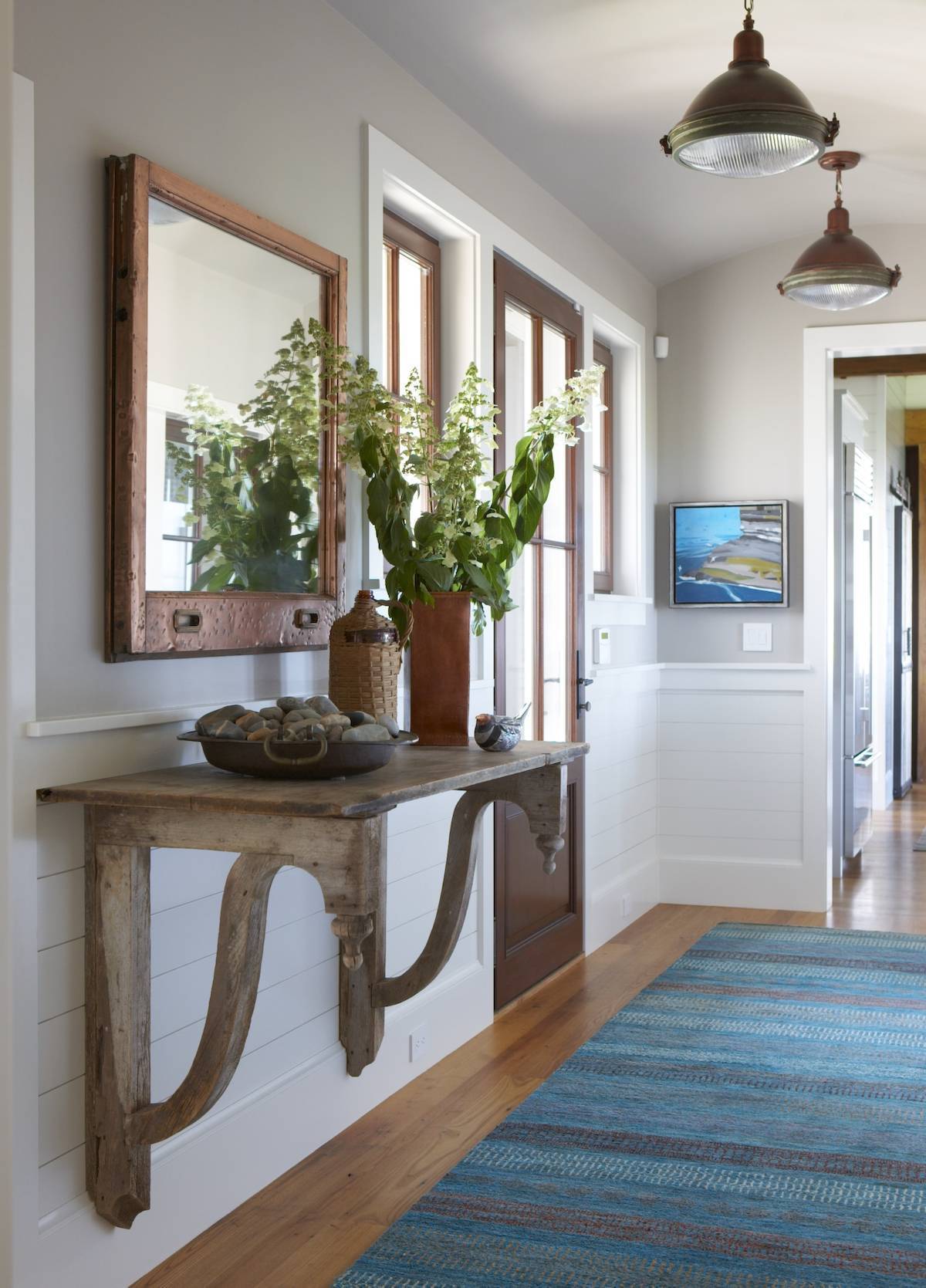
Martha’s Vineyard-based interior designer Mary Rentschler points out that area rugs can also be a gamechanger when it comes to design. “For me, rugs are the starting place in the house,” Rentschler said. “I tell my clients rugs are the first layer of art in the house. The horizontal layer. Then you can have vertical art on the walls, then sculpture.”
If you’re ready to make the switch to area rugs, there are so many options for greening up your rug game.
First, you can buy a vintage rug. Look for rugs made with natural fibers such as cotton, wool, and silk. If you find one you like, but it has holes or a little wear, there are amazing craftspeople who can fix these rugs. I use Edward Barsamian in New York City. In my 25 years of bringing rugs in for repair, only once has he said, “Mollie, this is beyond repair.” If all that’s required is a cleaning, you can do that yourself. About once a year, I throw our old flat weave rugs out on our deck, wash them with soap and a scrub brush, hose them down, let them dry, and they are good as new.
These days finding vintage rugs is easy. I have found some great ones on Etsy. For higher end vintage rugs, there are a zillion shops, including ABC Carpet and Home, Revival Rugs, The Vintage Rug Shop, 1stdibs, and Chairis. The best part about buying a vintage rug (other than the green act of reusing something) is that chances are, no one else will have the same one.
Mary Rentschler tells me that when she was 19, she went to Morocco and bought her favorite possession of her entire life. “When my grandmother wanted to give me a watch,” she said, “I asked if she could give me money to buy a rug instead. I looked in every city and town in Morocco to find my magical Berber rug. Finally, I found it. The colors are not the same from left to right because as the nomads traveled, they were using different berries to dye the wool. The rug changes according to the geography of their travels. I have had this rug in the front hall of all my college apartments, really all the front halls in my life. Because it is now a bit threadbare, I only bring it out at Christmas.”
If vintage is not your bag, that’s cool. There are some fantastic companies making new, beautiful rugs with responsibly sourced materials. I reached out to a few local decorators for their picks. Scott Mullin of Studio MOS on the Vineyard told me he’s a huge fan of rugs from Berkshires-based Annie Selke. Selke makes indoor/outdoor rugs from recycled plastic bottles (52 million so far) as well as natural fiber rugs. He said the plastic actually feels great underfoot. “I have two in my home, one on our screened-in porch and one in our living room. And they are so easy to clean, you can just hose them down.” Mullin also likes the organic hemp and natural fiber rugs at Safavieh, Citizenry, and Jaipur Living.
As for washable wool rugs, Mullin said they don’t really hold up, and they tend to roll at the edges. This said, I do love a washable 100% cotton rag rug and always have them in my kitchen. I buy them, use them until they begin to unravel, and then throw them in my compost where they decompose in a year or two.
Rentschler agrees with Mullin. “The technology [in modern day rugs] is amazing. And natural fiber rugs look fresh. But I like to incorporate color, maybe layer an older rug on a natural fiber rug. Modern is a combination of everything. I tell my clients to get the bones happening. Rugs are the bones. And then take your time, bring your house along with your life, accessorize as you go.”
I love this thought, that home decorating is an evolution, not an instant solution. When you take time with purchases for your home — buying things you love — they become heirlooms that will last and be passed down for generations. And there’s nothing greener than that.
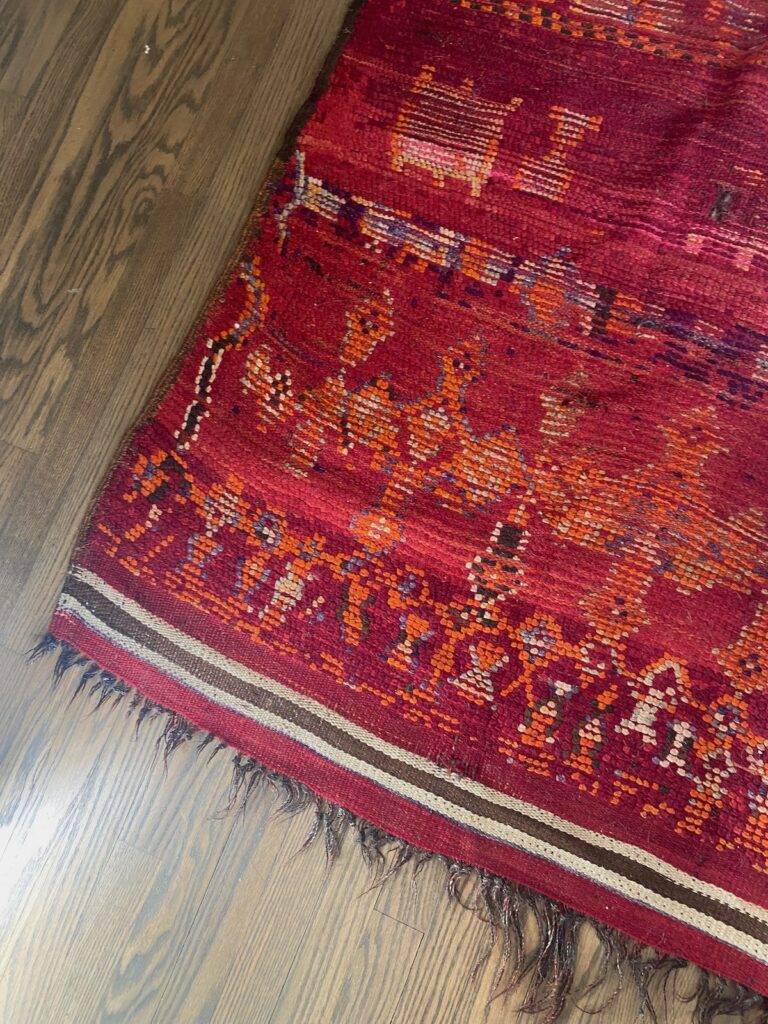
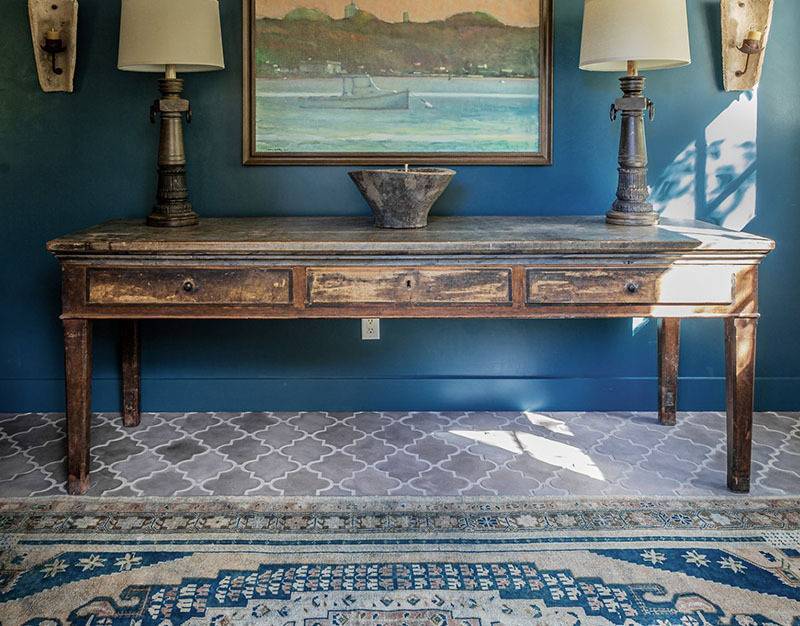
Rug Recommendations
We turned to Treehugger’s rug round-up for 2022 for their eco picks.
Treehugger’s rug reviewer Starre Vartan gave Organic Weave top marks: “A wide range of options combined with an impressive list of third-party certifications makes this company our top overall choice for sustainable rugs,” she wrote.
For those on a budget, Vartan liked Hook & Loom: “The company makes 100% GOTS [Global Organic Textile Standard] certified organic cotton rugs or rugs made from eco-cotton, which uses donated textiles sorted by color that’s spun into new yarn — keeping cotton waste out of landfills. The wool rugs are made with undyed, natural wool that’s hand-woven with hand-bound edges, so there are no chemicals, no dyes, and no latex.” Check out the rest of Treehugger’s picks.

